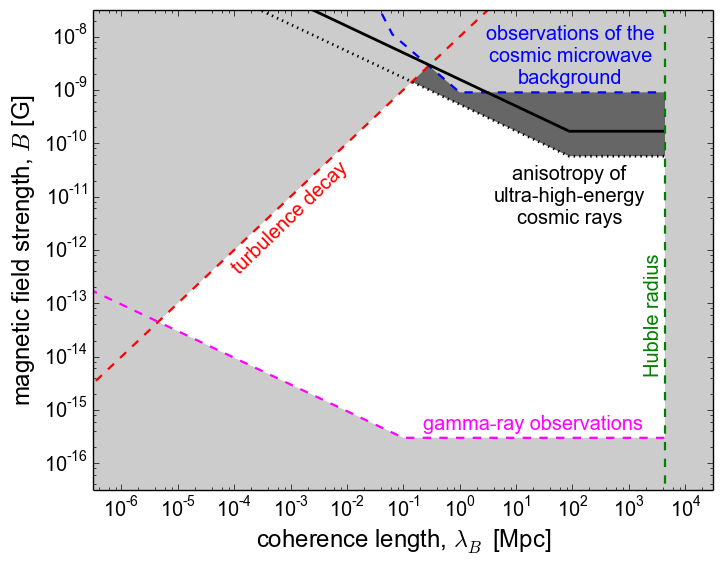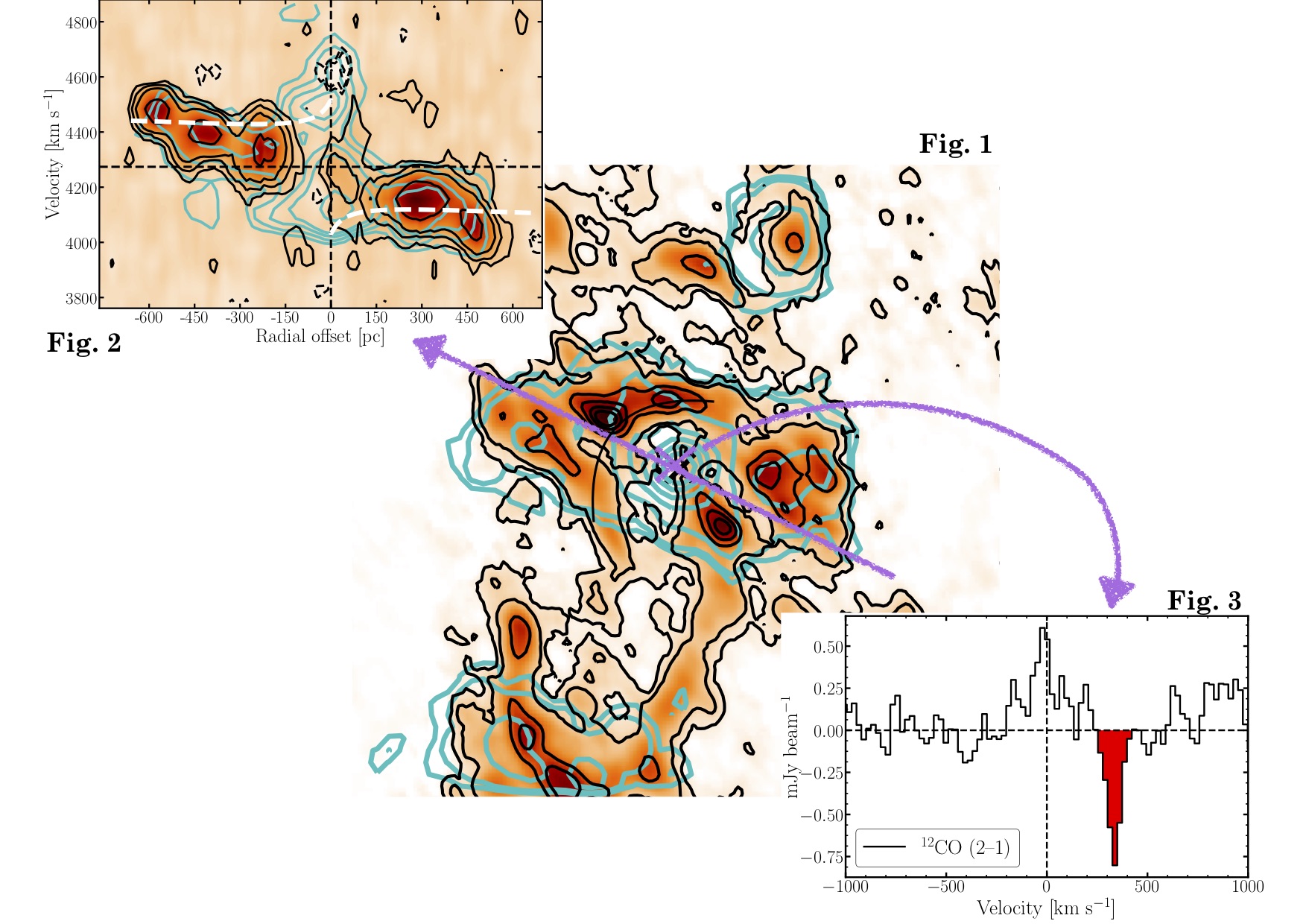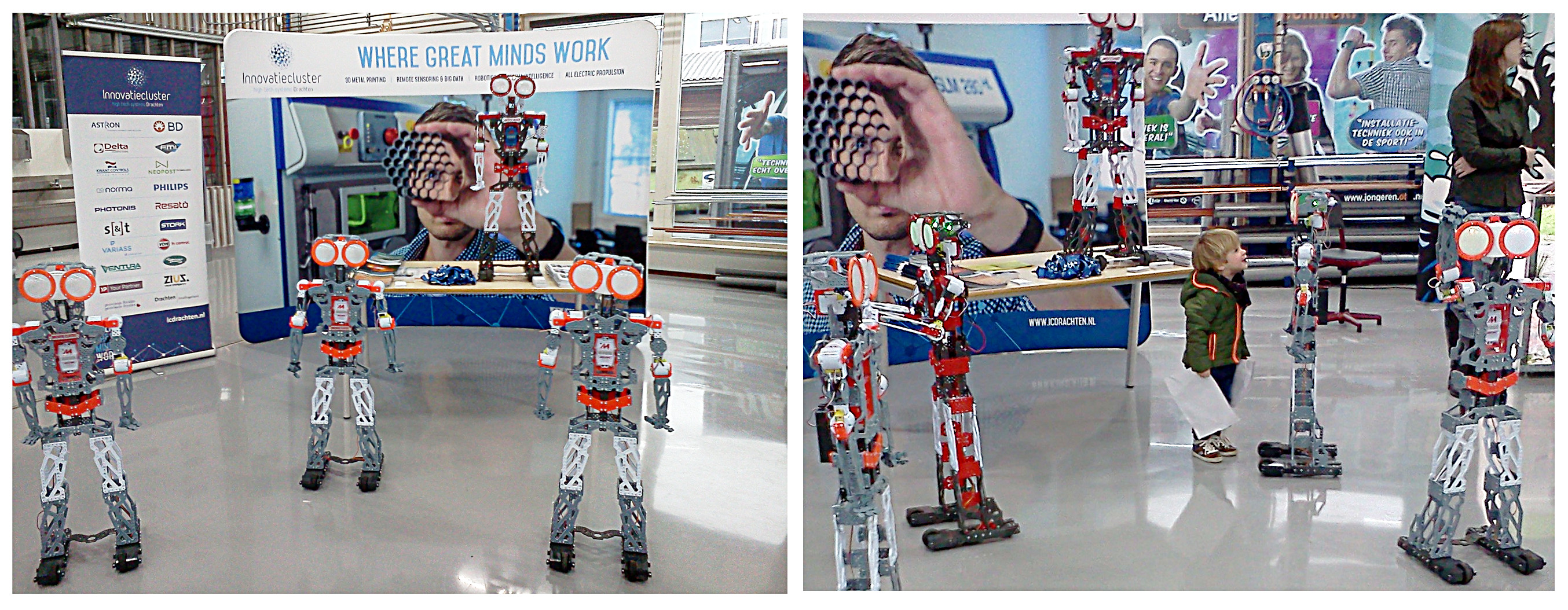![]() © Cees Bassa and Scott Tilley
© Cees Bassa and Scott Tilley
In 2000 NASA launched IMAGE, the
Imager for Magnetopause-to-Aurora Global Exploration, into a high Earth orbit to study the Earth's magnetosphere. The spacecraft is shown in the top right inset. The spacecraft was highly successful and provided unprecedented views of the magnetosphere. Unfortunately, after 5.8 years of operations, the spacecraft fell silent, probably due to a
failure of the power system controlling the transmitter. NASA had hoped that the spacecraft might come back alive in October 2007, when the spacecraft experienced long periods in the Earth shadow, draining its batteries and forcing a reset of the power system. Unfortunately it did not.
Enter Scott Tilley, a Canadian electrical engineer and radio amateur, and myself. Scott and I have the unusual hobby of tracking satellites. Since 2011 we've been working together to develop hardware (Scott's expertise, see the omni-directional antenna in the bottom right) and software (my expertise) to track satellites from their radio signals transmitted at S-band between 2.2 and 2.3 GHz. We regularly perform scans of the band aimed at identifying newly launched satellites from their Doppler curves.
On January 20th, Scott, while searching for signals from a recently launched classified US satellite, noticed a Doppler curve consistent with an object in a high Earth orbit. Identifying the curve against orbits of known satellites, the signals were consistent with the known orbit of IMAGE. Scott realized that IMAGE was transmitting again, and had come back from the dead. I was able to confirm Scott's discovery, and IMAGE was also found to be transmitting in data I obtained in October 2016, though it was silent in January/February 2014. The plot above shows the Doppler curve (diagonal line) I obtained October 2016, with the green line the prediction from orbital elements.
Scott blogged his discovery and contacted the NASA PI of the project at the time. The responses were very encouraging, and on January 30th, NASA obtained telemetry of the spacecraft, confirming that the signals received by Scott are indeed from IMAGE. NASA is now trying to regain contact and determine which scientific instruments are still in operation. No small feat, given that the tracking software and hardware had evolved over the 12 years it last had contact with the space probe.
The blog post was picked up by social media (reddit), and later also by main stream media (Washington Post, CNN, BBC, Science Magazine). This generated a tremendous amount of interest, in particular due to the excitement that shows that citizen scientists can make serendipituous discoveries that went unnoticed by NASA. Both Scott and I have had a crazy week given all the attention.
 © Sarrvesh Sridhar
© Sarrvesh Sridhar © Colloquium
© Colloquium © JWTH/ASTRON
© JWTH/ASTRON © Carole Jackson
© Carole Jackson © ASTRON
© ASTRON © Rik ter Horst
© Rik ter Horst © Colloquium
© Colloquium © ASTRON
© ASTRON © ASTRON
© ASTRON © Image credit: Wolfgang Steffen/Boy Lankhaar et al. (molecules: Wikimedia Commons/Ben Mills)
© Image credit: Wolfgang Steffen/Boy Lankhaar et al. (molecules: Wikimedia Commons/Ben Mills) © CAMRAS
© CAMRAS © astropix.nl
© astropix.nl © PB
© PB © ASTRON
© ASTRON © Cees Bassa and Scott Tilley
© Cees Bassa and Scott Tilley © ASTRON
© ASTRON © NRAO/AUI/NSF: D. Berry
© NRAO/AUI/NSF: D. Berry © Sieds Damstra and Monique Sluiman
© Sieds Damstra and Monique Sluiman © Annemieke Janssen
© Annemieke Janssen © JIVE
© JIVE







